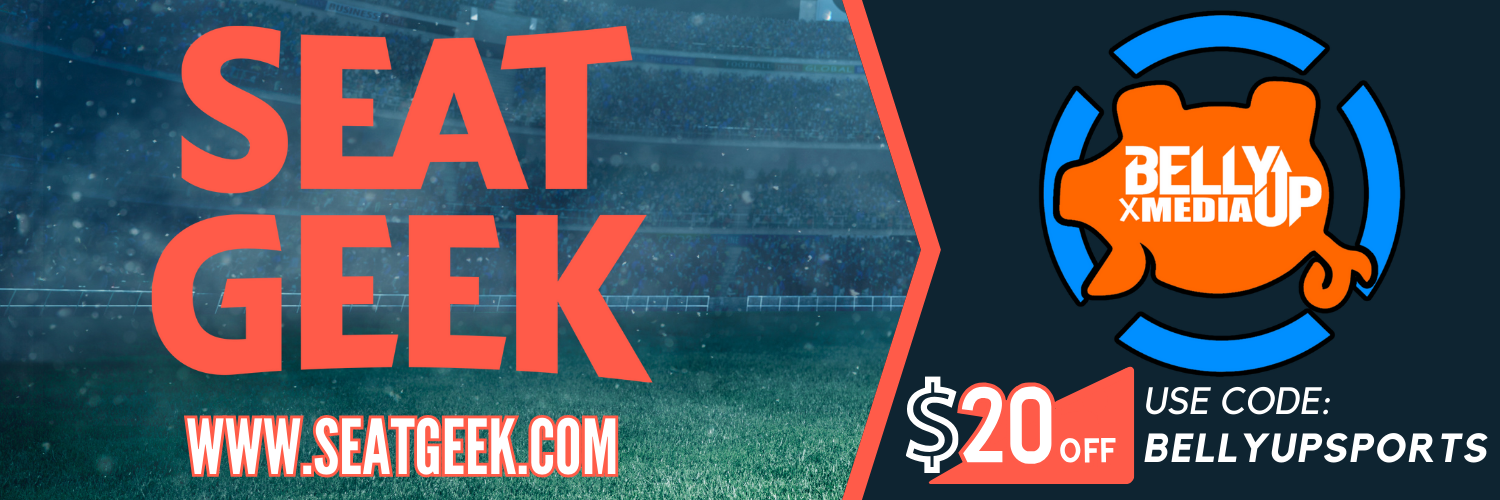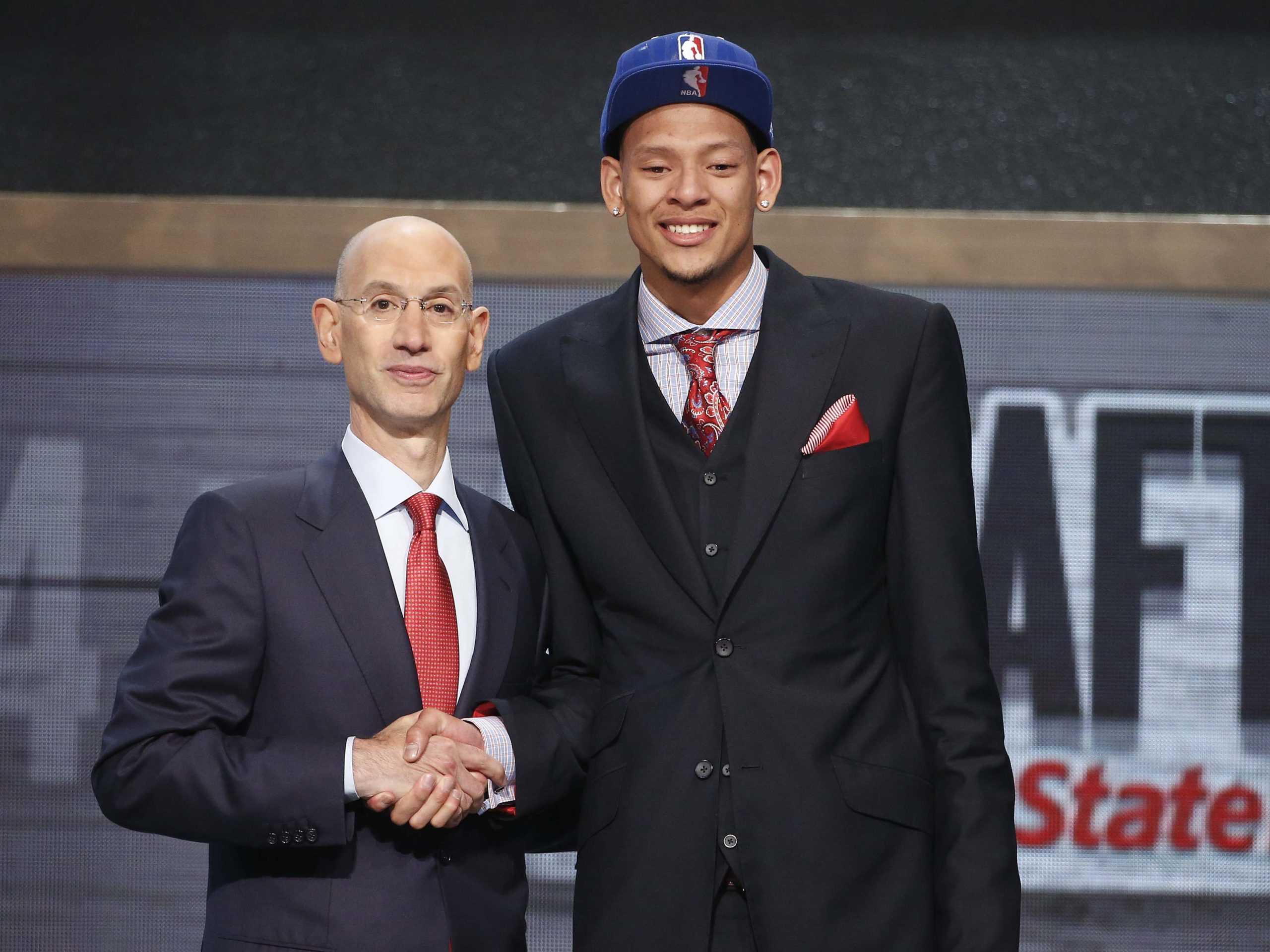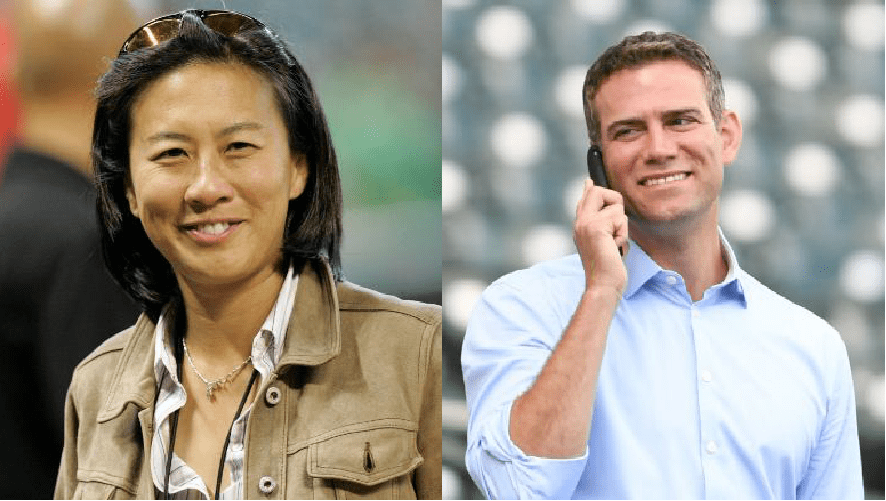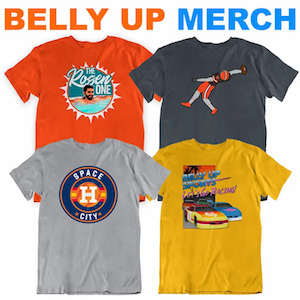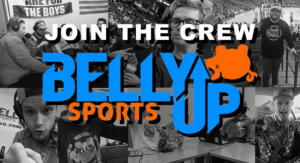The NBA Draft is an annual affair that is filled with anticipation, anxiety, excitement, and stress. In an instant, young men become millionaires and are sent off to new hometowns to fulfill their dreams of being an NBA basketball player. From New York to Los Angeles, and 28 cities in between, fans clamor over words like “potential,” “bust,” and “youth.” The ups and downs of the draft day can be as exhilarating as winning the lottery and as soul-crushing as sitting in a room for hours, waiting to be called.
The 2020 NBA Draft is going to be different. There should still be suits and small hats, but the similarities to other NBA Drafts end there. In 2020, there won’t be booing fans, walking across the stage, or awkward daps. Kids being drafted and fan bases drafting them will both be excited, but the 2020 NBA Draft will feel a lot different.
Here’s the deal: It’s 2020. We need to abolish the NBA Draft.
The Issues
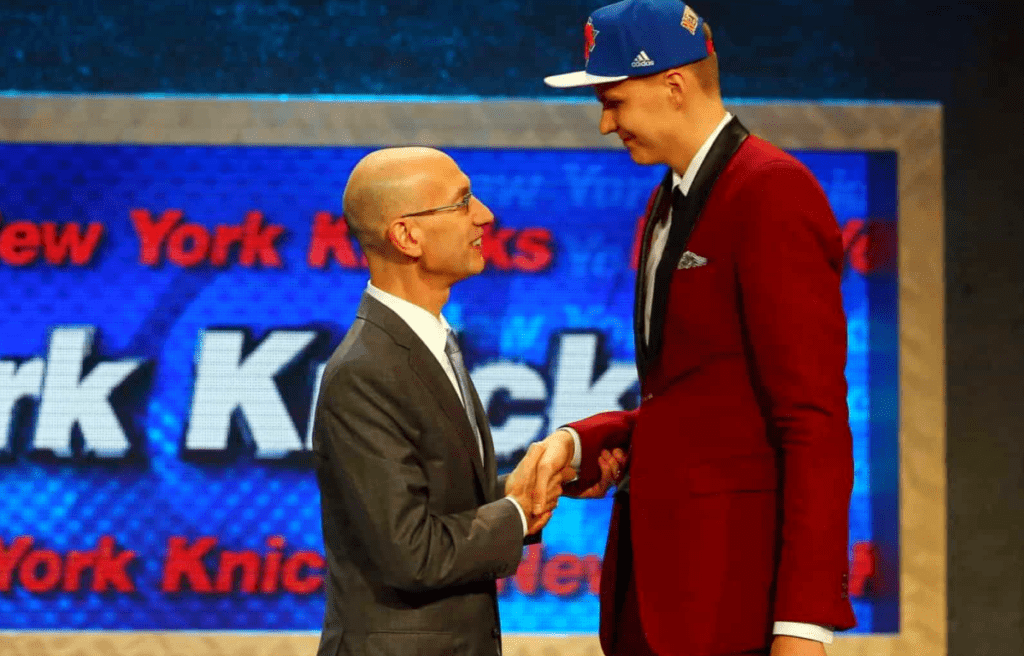
Yeah yeah, I hear you all already. As with any newness, or any change, you’ve got apprehension. Change is never easy, but 2020 is forcing us to change. The NBA Draft needs to be abolished, period. But the change raises some common, fair questions:
“In a new model, how does a player end up on a professional team? What’s that even like?”
“If the NBA cut the draft suddenly, they would need some way to compensate teams with a bunch of future picks. The teams like Oklahoma City and New Orleans have invested in the future under the current model, how would the NBA adjust?”
“And how do you ensure that teams don’t just become stacked super teams?”
Solutions

First, what does this look like? How do you take a bunch of college and international players and have them pick teams without a draft? What process could they go through that helps teams figure out who they want and get players there?
It’s simple and relatively obvious; you have a recruitment period, followed by a signing day. Just like American high school kids going to American colleges. In the recruitment period? You host workouts, combines, pro days, interviews, etc. Instead of a high school AAU circuit, players do a very similar pre-draft process. When you’re recruiting a kid to your professional team, be aware of the considerations. Do you have a coach that will help them develop? Can your fanbase provide the support they need? Does the system you have in place help them? Can they fill a void and help you win now? Is there a veteran they can play behind and learn? Why is YOUR franchise the place that phenom ought to sign with?
And signing day? If you think, as a fan, seeing your team pick a player is fun, imagine how fun it is to see them pick you. All at once. All over the world.
How would that even work?
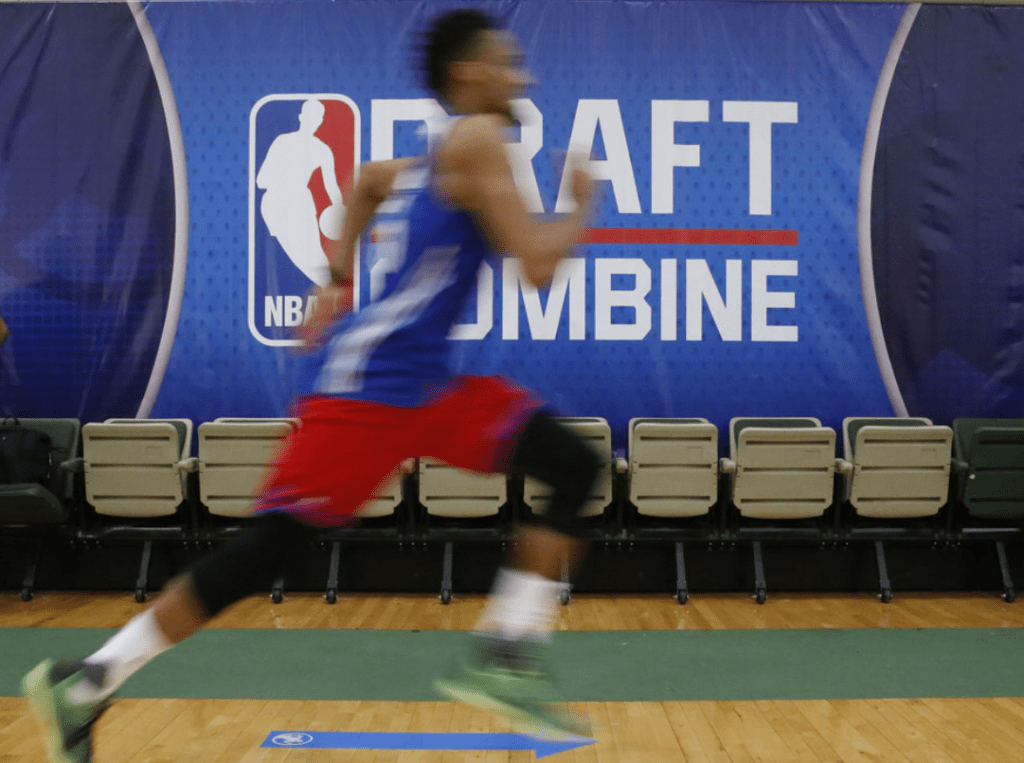
Currently, small-market teams hoard picks and develop talent. In the current model, that’s their best chance at success. That model led to two decades of dominance in San Antonio. It led to two generations of Bad Boys in Detroit. It landed a Freak in Milwaukee and may have landed a goat-like animal in Dallas. Playing the draft is a skill, so how could the NBA help the teams poised to use the draft?
If we cut the NBA Draft now (like we should) the immediate compensation would be simple. Some sort of luxury tax exemptions for the amount of future picks accumulated would mean a team with hoarded picks could pay players more, which is akin to moving those picks for a big name later. In both cases, the saving up of assets has landed, potentially, a new big name.
In the long term, those teams need to work in the margins, similarly to how they do now. They need to have strong pitches that aren’t their location or the size of the fan base. They’d be the teams pitching their development system. Those franchises would point out that they have a void for the prospective pro to fill. In replacing the NBA Draft, smart small market ownership can find ways to promote themselves and continue to function with the same success.
The strategy is different, but smart is smart. A crafty GM doesn’t accumulate draft picks through a magic draft pick formula, they do it by making intelligent decisions with forethought and intent. Those skills still help. They’d be fine.
So the rich get richer?

“But what about dynasties?!” In regards to the NBA, this is laughable. Ten years into the player empowerment era one thing has become clear: the stars run the league. If LeBron James and Anthony Davis want to win a championship for the Los Angeles Lakers, they will. When Kawhi Leonard wants Paul George with him in Los Angeles, he’ll get him. If Kevin Durant and Kyrie Irving want to play together in New York, they choose the team. It’s become so rampant that it doesn’t even need to come at the end of a contract. James Harden and Russell Westbrook have reportedly asked out of Houston two years before their player options start. While they are still working it out as this is being written, it appears the issues are in the semantics.
Whether player run or organizationally orchestrated, the NBA is a league of dynasties. Of the 74 NBA Championships, 34 were won by two combined franchises (17 apiece for the Celtics and Lakers). The most any other team has? Two teams have six, and one team has five. More than two-thirds of the league championships have been one by one-sixth of the franchises.
The NBA Draft hasn’t helped stop dynasties, it’s statistically helped propel them. Smart teams will always be smart teams, and dumb ones will always be dumb ones. The NBA Draft hasn’t ever saved James Dolan and the New York Knicks. It hasn’t ever hurt the Los Angeles Lakers.
Benefits
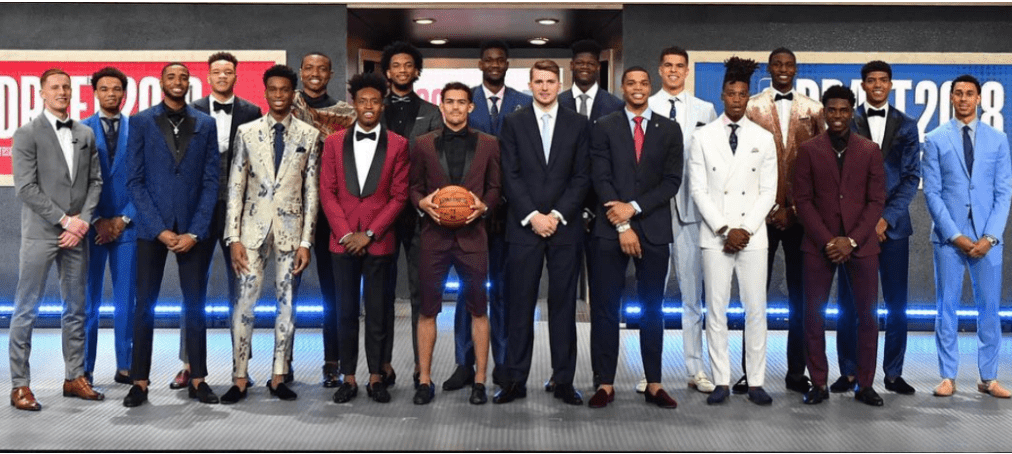
Instead of lucking into a ping pong ball and getting a free shot at a top talent, leave it to the team to persuade the player their way. Do you think it’s silly for a guy to go play minimum minutes behind a bunch of stars? Say so, and prove your development program is the better route. Do you think starting for you is better than running with someone else’s second unit? Make your case. Do you want the kid that bad? Offer a paycheck that can prove it, and win the bidding war. If this means, as a team, you need to invest more in your coaching, development, and personnel, then tough. Odds are you needed to work on it anyways.
If you don’t have a good development system? Don’t have a good spot for the kid? Don’t want to pay him? Sucks to suck.
It is the era of player empowerment. In 2020, we understand that the players are the workers, and thus the more relatable part of the NBA equation. We all go into work, work a lot of hours, and get paid for that hard work by someone making a lot more money for watching us work. In the NBA, there are just three key differences in that equation. One is that the workers have a very cool job and the second is that a lot of people watch them work for fun. The third, and perhaps most important difference, is that playing in the NBA is a short-lived career. Playing into your thirties? A gift. Past 35? Rare. Into your forties? Almost unheard of.
The average NBA career is just four and a half seasons. Why should a young player be forced to spend most of, if not all of, that short time in a city chosen by a ping pong ball?
Does anyone else win?
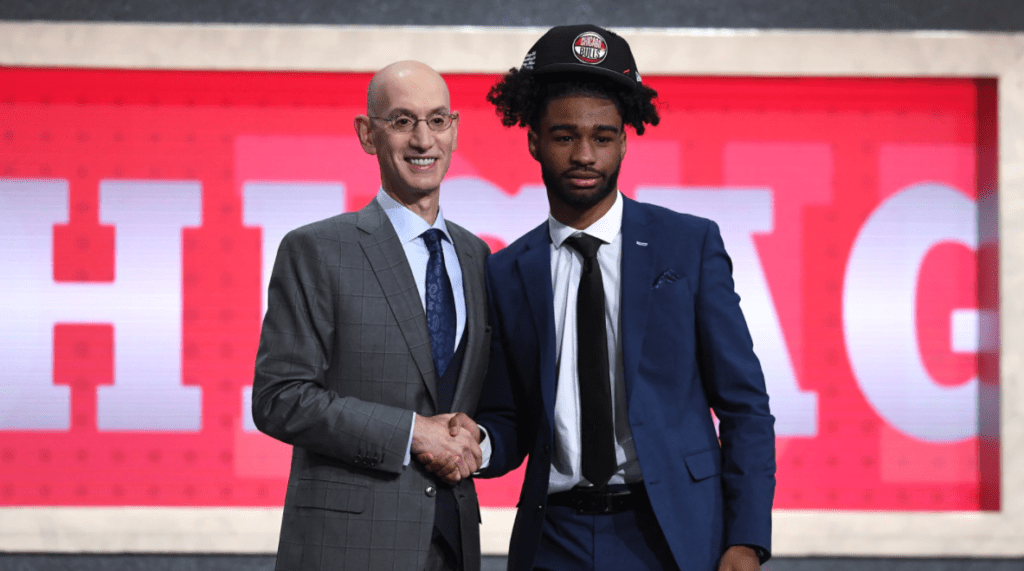
This brings us to the biggest, most obvious beneficiary in abolishing the NBA Draft: the fan. With no more NBA Draft, teams have no incentive to tank. The Process™ would be a thing of the past. If your favorite team needs to be attractive to young stars, they don’t need to lose a bunch of games and cross their fingers. The teams need to make good hires in the coaching staff and front offices. They need to invest in the development level infrastructure, both in the G-League and assistant coaching staff. The teams need to make their team a place people want to play.
All of those things make for a team people also want to watch. There’s no more value in hitting the reset button and taking 50+ losses. There’s no more value in taking on a bunch of bad contracts and letting overpaid players increase your lottery odds. If the young players are going to need to pick your favorite team, your favorite team needs to work to make themselves appealing.
As we watch each of these young stars put an ill-fitting baseball cap on their potential in the NBA Draft, understand that they have no say in what logo is on that hat. And while we all share some form of an emotional connection with that logo, for these kids it is a work uniform. Their employer is choosing them in a process unlike that of the vast majority of Americans, and they have no say where they get to spend their (sometimes brief) careers.
It’s time to abolish the NBA Draft. 2020 is changing how so many aspects of the world works, both in and out of the NBA. Changing how teams collect players is the next logical step that helps teams, players, and fans alike.
Down with the NBA Draft, for the sake of the sport.
Follow me on Twitter @painsworth512 for more, and give our podcast “F” In Sports a listen wherever you listen to podcasts!

